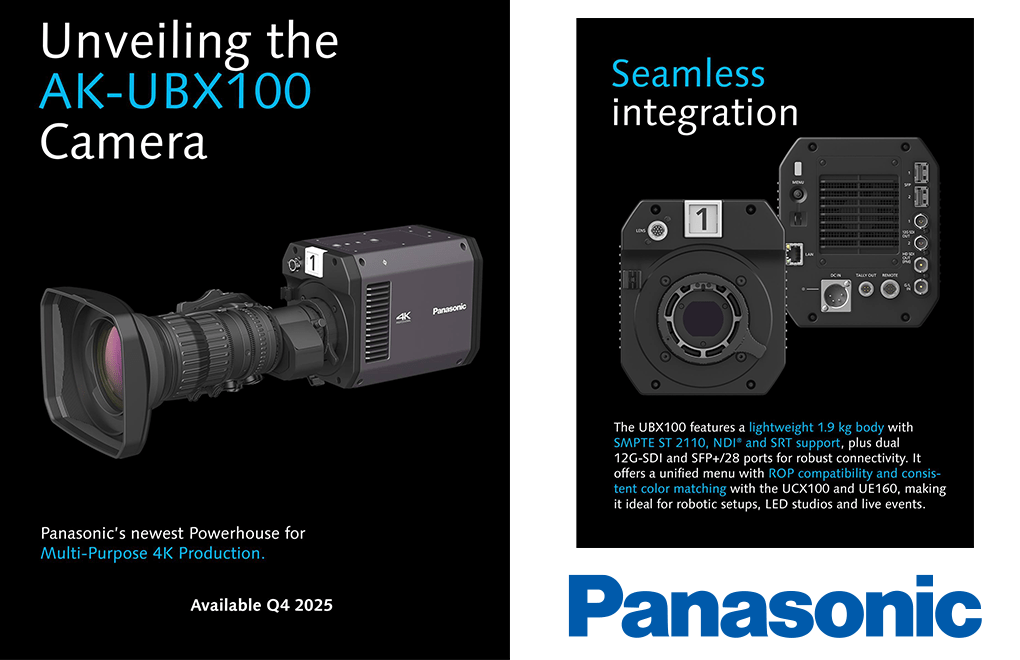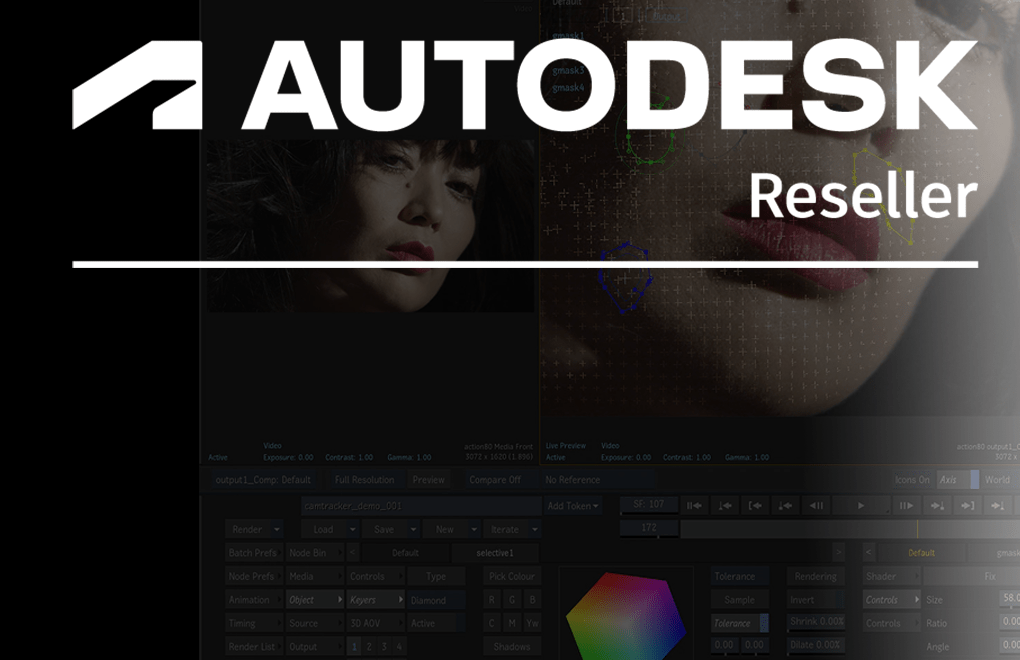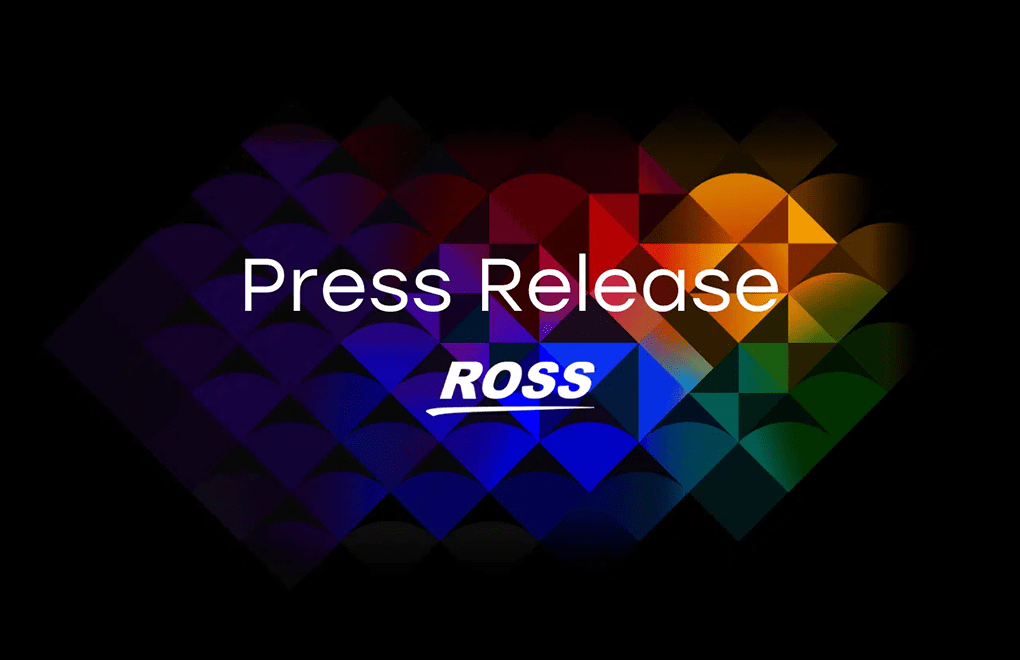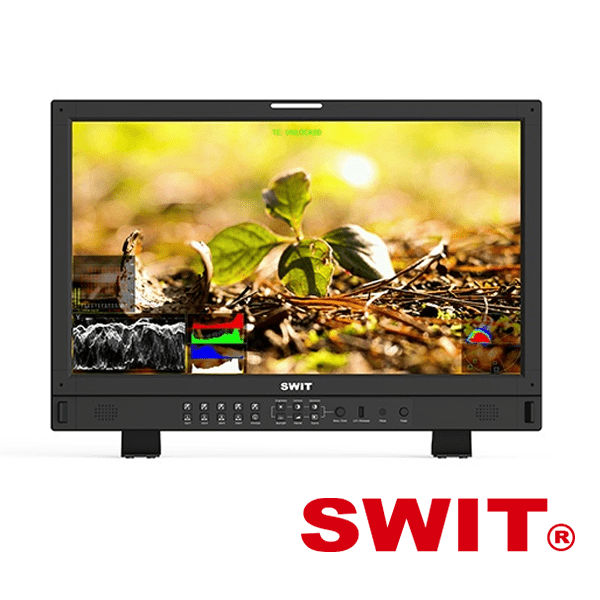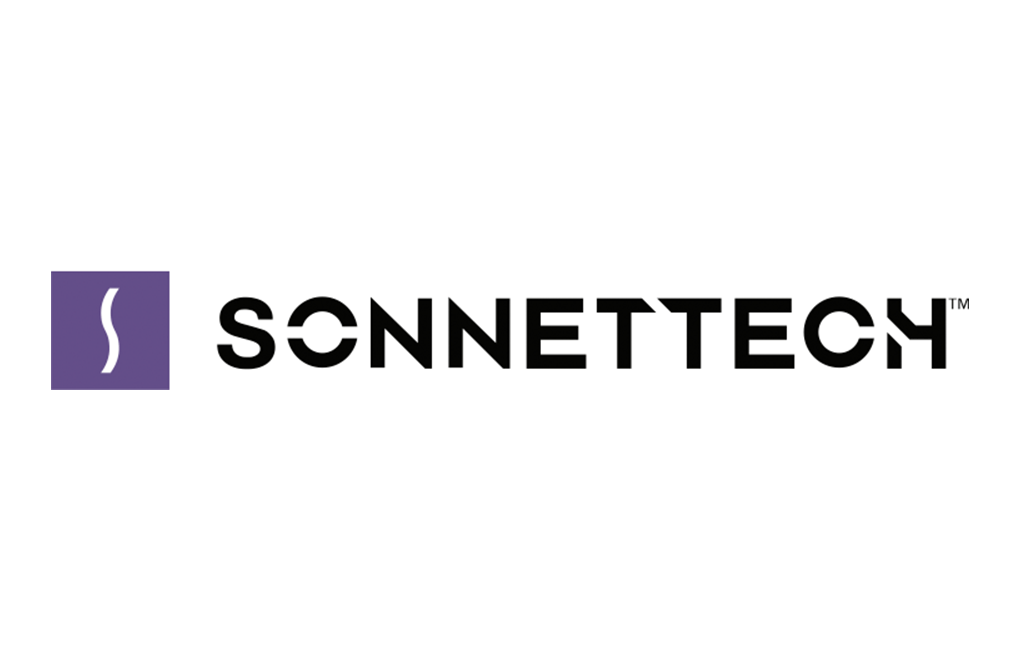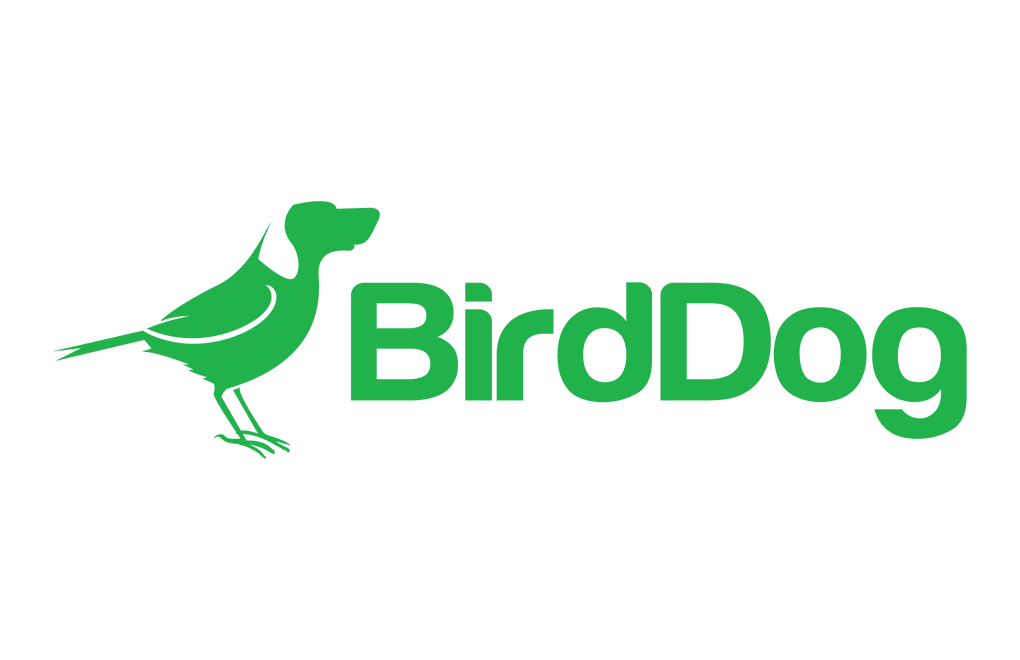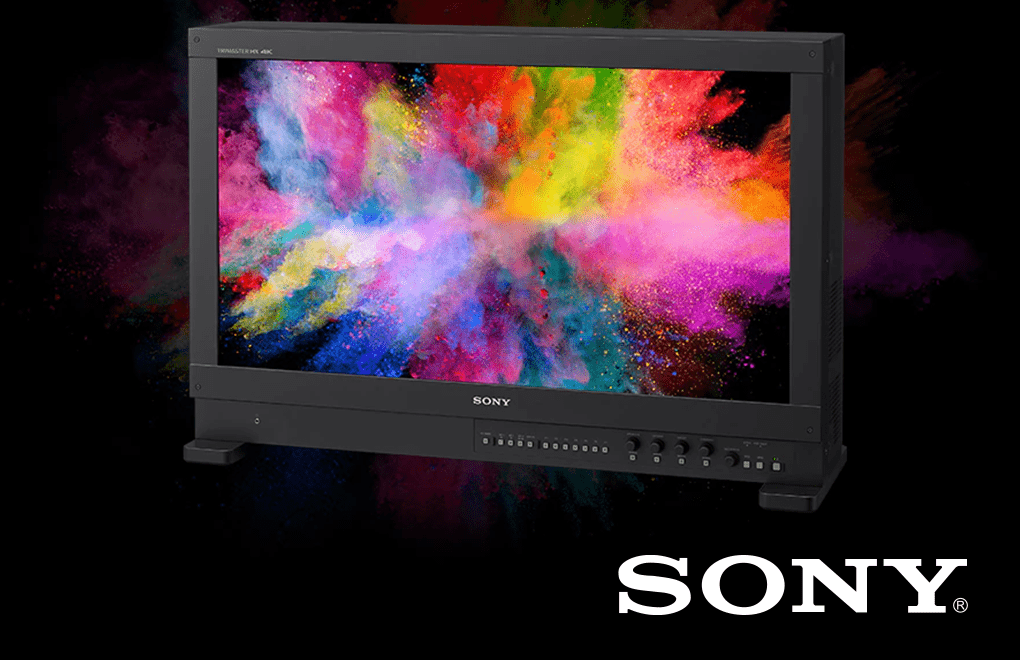Panasonic at IBC 2025 – Booth 2.G102.
Broadcast, Live Production, and Immersive Solutions.
Panasonic came into IBC 2025 with a clear mission: make high-end live and studio workflows more fluid, especially in mixed environments combining box/robotic cameras with classic studio setups. Their two standouts — the AK-UBX100 multi-purpose box camera and a firmware update to bring autofocus to the AK-UCX100 — signal big steps in usability, consistency, and flexibility.
What Panasonic Announced
AK-UBX100
This is a box-style 4K camera (2/3″ bayonet mount) that shares its internal imaging pipeline, menu system, color science, and remote control scheme with Panasonic’s UCX100 studio camera. That means it’s not just “another camera” — it’s designed to integrate seamlessly with studio fleets. It supports IP protocols (SMPTE ST 2110, NDI, SRT), has dual 12G-SDI, and dual SFP+/25G or 28G fiber links.
Because it’s compact (~1.9 kg) and flat-sided, it’s ideal for robotic heads, rigs, tight mounts and multi-camera arrays. And because it matches the UCX100 family, you don’t have to repaint, regrade, or reconfigure heavily when mixing these in a rig.
Auto-Focus for AK-UCX100 (via firmware)
Perhaps the more surprising announcement was that Panasonic is introducing autofocus (AF) to its flagship 4K studio camera. That’s notable because AF in broadcast/studio systems has always been tricky due to focus precision demands. The firmware update is planned for December 2025. Initially, AF on UCX100 will allow selectable target areas, speed/size control, and “one-touch AF” transitions into manual focus.
Later, AF support will arrive in the UBX100 via firmware (expected in 2026), so both box and studio bodies can share operation modes and workflows.
New Remote Camera Controller – AW-RP200GJ
Panasonic also unveiled a new remote camera controller at IBC: AW-RP200GJ. This builds on their RP150 line, but now includes dual joysticks, macro functionality (map complex sequences to buttons), and support for multi-camera control. In tests, you can assign macros that chain operations (e.g. camera change → preset → pan/tilt move) and continue to control other units during macro execution.
It also supports control of up to 200 PTZ cameras, has 20 assignable switches, LCD indicators for each, and mixed preset/camera control within the same interface. For intricate studio or robotic systems, that’s a useful leap.
Why This Matters
Colour and control consistency across mixed camera fleets
Because the UBX100 shares the UCX family’s internal pipeline, deploying a mix of box and studio cameras becomes far smoother. You’ll spend less time juggling LUTs, matching exposure or colour curves. That reduces setup complexity and QC risk.Autofocus in professional setups (when you need it)
If your shoots sometimes push into “run-and-gun,” LED wall, or fast cue environments, AF gives you a safety net. Even for advanced operators, it’s a fallback — use it when needed, fine-tune manually when required. In tight timelines, it can prevent dropped frames or misfocus.Smarter remote control & macro workflows
The RP200GJ’s macro and dual-joystick features let you collapse sequences into one button. In multi-camera shows, that’s a real operational efficiency: fewer mistakes, faster transitions, and lower staffing pressure.Future-ready integration
Because Panasonic is bridging IP, SDI, PTZ, and robotic domains with unified control and firmware upgrades, your system isn’t locked in. Starting with UBX100 or updating UCX is an upgrade, not a replacement.
If you’re building or upgrading a studio, remote head, OB, or multi-camera system, these announcements are precisely the kind of flexibility and usability you should lean into — not just for today, but for what you’ll want to do next year.
Call us for information on 01932255666

